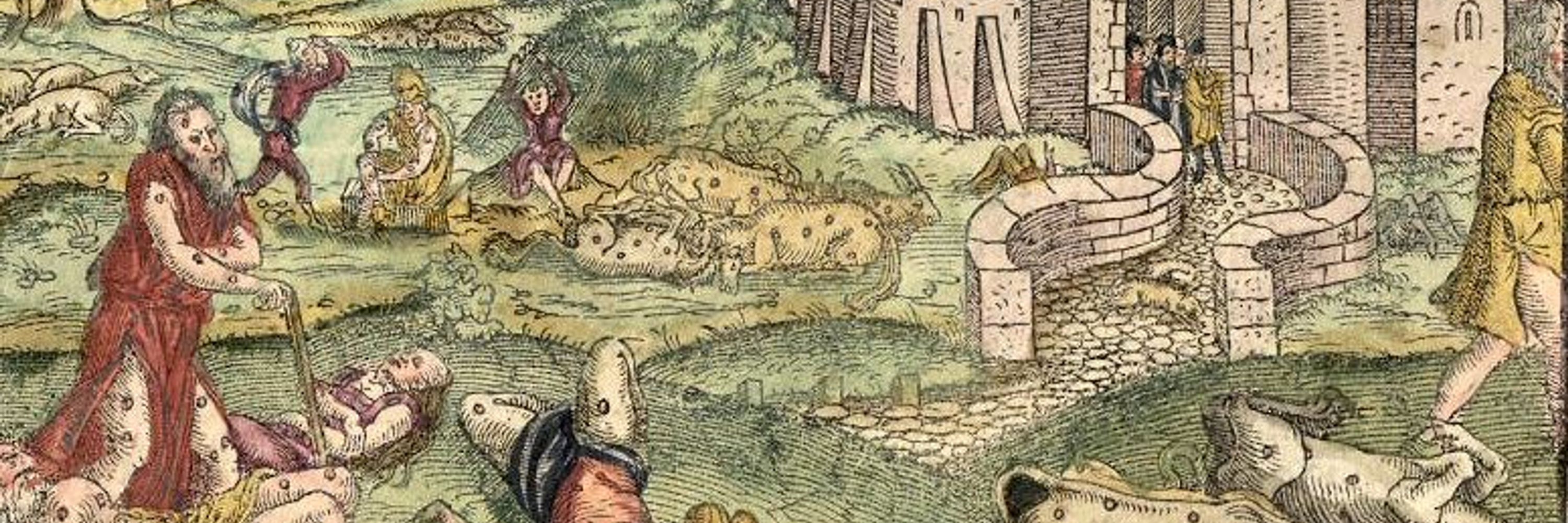Stef Espeel
@stefespeel.bsky.social
530 followers
480 following
21 posts
Famines, epidemics and their economic impact in a late medieval (urban) context
PhD in History | Postdoc FWO Vlaanderen | @UAntwerp
Posts
Media
Videos
Starter Packs
Reposted by Stef Espeel
Stef Espeel
@stefespeel.bsky.social
· Mar 5

Plague and hunger. Epidemic-induced pressures on household purchasing power in fourteenth-century Flanders
In the late Middle Ages, surging grain prices frequently triggered subsistence crises, as grain was the primary staple of nutrition. When these price shocks coincided with major mortality peaks fro...
doi.org
Stef Espeel
@stefespeel.bsky.social
· Mar 5
Stef Espeel
@stefespeel.bsky.social
· Mar 5
Stef Espeel
@stefespeel.bsky.social
· Mar 5
Stef Espeel
@stefespeel.bsky.social
· Mar 5
Stef Espeel
@stefespeel.bsky.social
· Mar 5
Stef Espeel
@stefespeel.bsky.social
· Mar 5
Stef Espeel
@stefespeel.bsky.social
· Mar 5

Plague and hunger. Epidemic-induced pressures on household purchasing power in fourteenth-century Flanders
In the late Middle Ages, surging grain prices frequently triggered subsistence crises, as grain was the primary staple of nutrition. When these price shocks coincided with major mortality peaks fro...
doi.org
Stef Espeel
@stefespeel.bsky.social
· Nov 14
Reposted by Stef Espeel
Stef Espeel
@stefespeel.bsky.social
· Oct 31















